Shipwreck of Kastellholmen
At low tide, you can see the remains of a 17th-century ship just off a Stockholm island.
In 2013, an unusually low water level revealed a long-hidden secret in the very heart of Stockholm. The remains of a shipwreck, clearly visible during low tide, were discovered by marine archaeologist Jin Hansson, who was on a morning stroll with his girlfriend. Hansson immediately realized it must be a shipwreck due to the very particular shape of the finding.
Rumors of a sunken ship had circulated for years, but this discovery led to a more in-depth investigation, revealing two warships in the area. Later findings uncovered a total of seven shipwrecks dating from the early 1600s to the late 1800s. The older ones were likely merchant vessels and warships used in battles against the Danes, as the two countries were constantly at war during that period and fought numerous sea battles. Some of the ships might have been intentionally sunk to reinforce the foundations for a bridge that used to connect the islands of Kastellholmen and Skeppsholmen, further west from the current bridge.
During the 17th century, the island of Kastellholmen was a naval headquarters, so naval activity was common at that time. However, the base was relocated to Karlskrona in 1680 and the bridge fell into disrepair.
The sunken ships remained hidden until the recent rediscoveries. Jin Hansson, who works for Stockholm’s Maritime Museum, identified the shipwreck closest to the shore (and the one visible during low tide) as Grå Ulven, or “Gray Wolf,” a Danish warship built after 1621 and captured by Sweden in a 1659 battle near Ebeltoft Cove. Written records date the year of the ship’s sinking as 1670. Grå Ulven, 30 meters in length, serves as a reminder of a more famous shipwreck discovery in Stockholm—that of the 17th-century warship Vasa, which was raised from Stockholm’s harbor in the 1960s and is now housed in a museum nearby. Vasa has become one of the main tourist attractions in Sweden. The other ship discovered by Hansson was thought to be Den Stora Draken, or “The Big Dragon.”
Know Before You Go
While the ship is clearly visible when the water level is low, there is no guarantee that visitors will be able to see the remains of the warship. However, there is an information board next to the location of the shipwreck, making it easy to identify. Additionally, the ship’s contours are visible in satellite images provided by Google Maps.


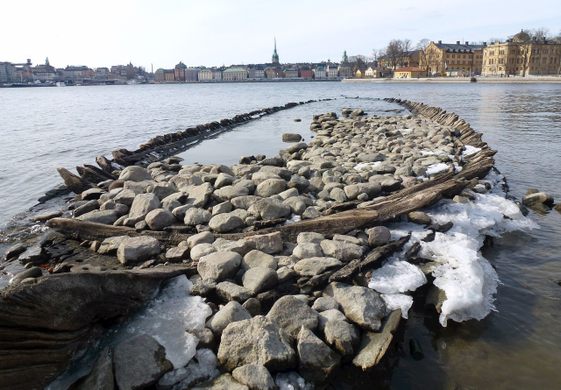
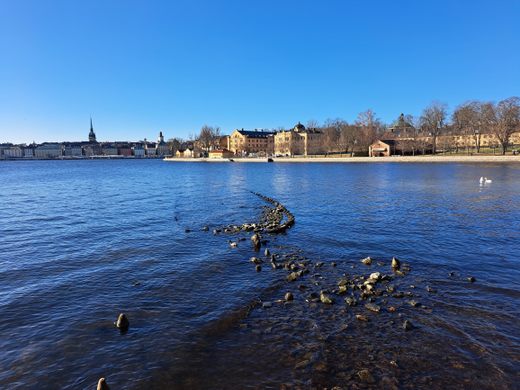
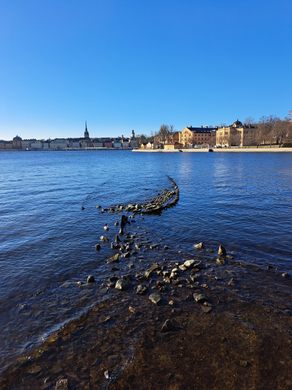







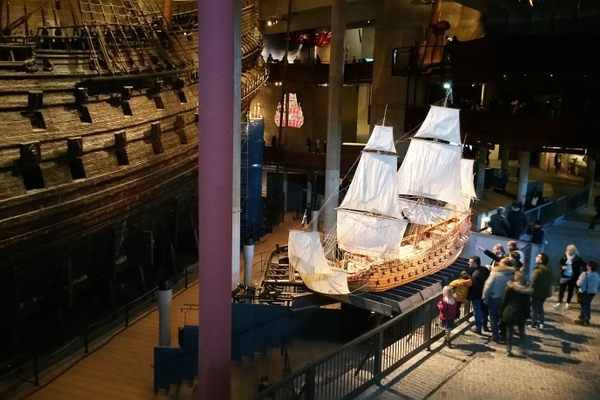
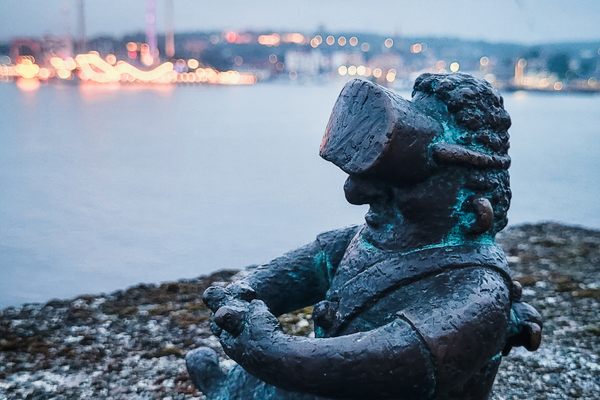

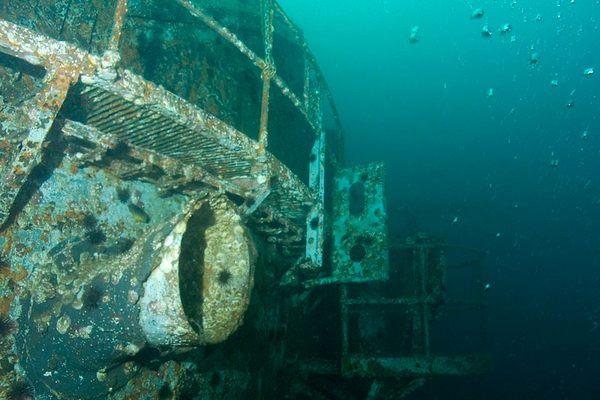
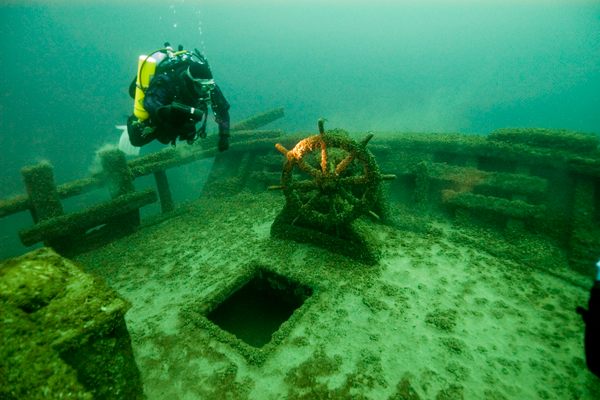


Follow us on Twitter to get the latest on the world's hidden wonders.
Like us on Facebook to get the latest on the world's hidden wonders.
Follow us on Twitter Like us on Facebook